Introduction
Iron casting has been an important manufacturing technique for centuries, but with the rise of 3D printing technology, the landscape of the industry is changing. Many iron casting suppliers are now incorporating 3D printing into their processes, and for good reason. In this article, we’ll explore the advantages of using 3D printing in iron casting projects, from faster prototyping to increased accuracy and cost savings.
What is 3D printing?
3D printing, also known as additive manufacturing, is a process of creating three-dimensional objects from a digital model by layering materials one on top of the other. The process typically involves using a 3D printer, which reads the digital model and then creates the object by laying down successive layers of material until the final product is complete.
The materials used in 3D printing can vary depending on the type of printer and the desired end product, but commonly used materials include plastics, metals, ceramics, and composites. 3D printing can be used to create a wide range of objects, from simple geometric shapes to highly intricate and detailed designs.
The use of 3D printing has grown rapidly in recent years, with applications ranging from prototyping and product development to custom manufacturing and even medical implants. The technology has also become more accessible, with a wide range of 3D printers available for home and hobby use.
Overall, 3D printing offers a versatile and innovative approach to manufacturing and product design, with many potential applications across various industries.
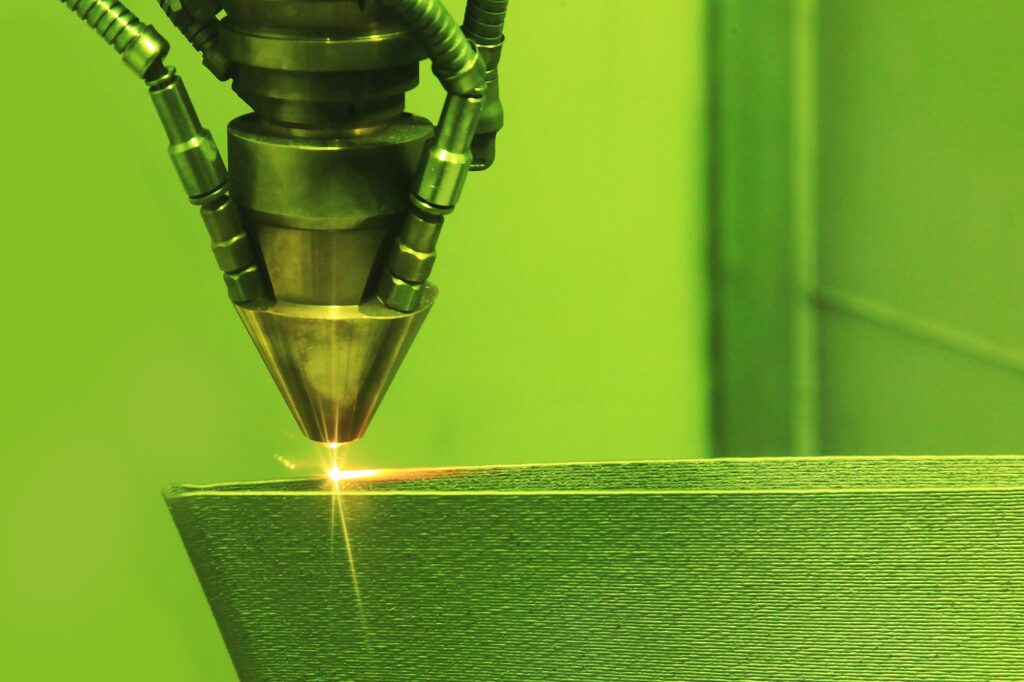
What are the applications of 3D printing in the iron casting industry?
3D printing, also known as additive manufacturing, has several applications in the iron casting industry. Here are some examples:
Prototyping
3D printing can be used to create prototypes of iron castings, allowing foundries to test and refine their designs before investing in costly production tooling. 3D printed prototypes can also be used to communicate design concepts to customers and stakeholders.
Tooling
3D printing can be used to produce molds, cores, and other tooling components used in the iron casting process. The technology allows for the creation of complex geometries and intricate details that would be difficult or impossible to achieve with traditional tooling methods.
Low-Volume Production
3D printing can also be used for low-volume production runs of iron castings. This is particularly useful for producing small quantities of specialized or custom castings that would not be cost-effective to produce using traditional manufacturing methods.
Patternless Casting
3D printing can enable patternless casting, a process in which a 3D printed sand mold is used instead of a traditional pattern to create the mold for the casting. This eliminates the need for expensive tooling and reduces lead times for producing castings.
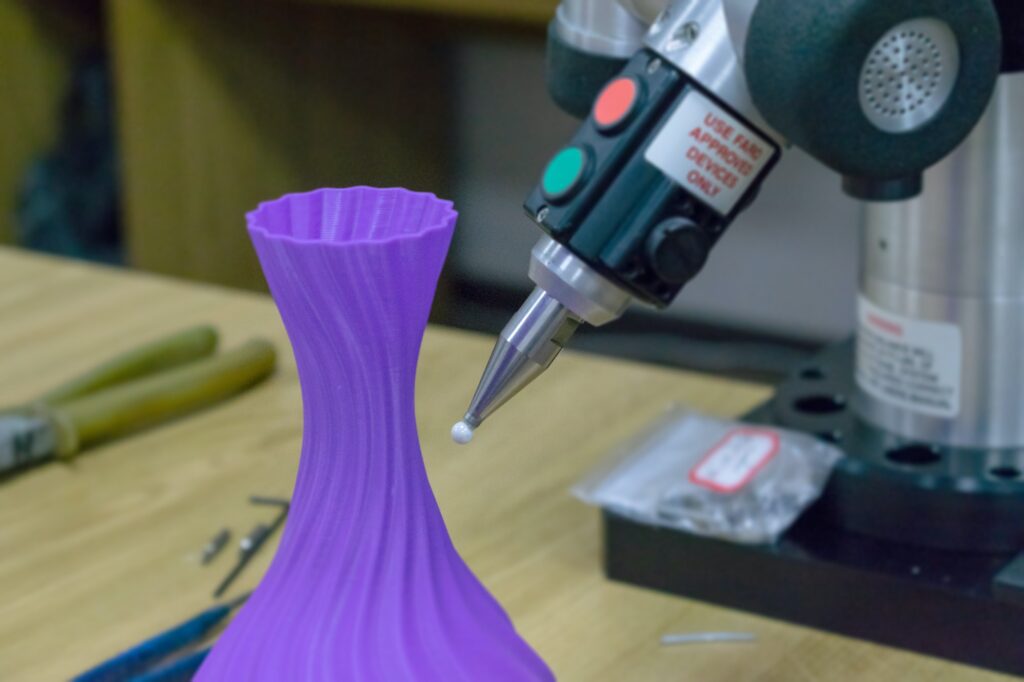
Repair and Restoration
3D printing can be used to repair and restore damaged or worn-out castings. A 3D scanner can be used to create a digital model of the casting, which can then be used to 3D print replacement parts or to create a mold for a new casting.
Overall, 3D printing has the potential to significantly improve the efficiency and flexibility of the iron casting process, reducing lead times, improving quality, and enabling greater design freedom. However, it’s important to note that 3D printing is not a replacement for traditional casting methods and is best used in conjunction with these methods to optimize the production process.
The advantages of using 3D printing in iron casting projects
Faster Prototyping
One of the biggest advantages of using 3D printing in iron casting projects is the speed of prototyping. In traditional iron casting, creating a prototype can take weeks or even months. This is because a new mold needs to be created for each prototype, which can be a time-consuming process.
With 3D printing, however, the process is much faster. A 3D printer can create a prototype in a matter of hours, which allows for faster iteration and more efficient design cycles. This speed can be especially beneficial for smaller iron casting suppliers who need to compete with larger, more established companies.
Improved Accuracy
Another advantage of using 3D printing in iron casting projects is the increased accuracy of the final product. When creating a mold using traditional methods, there is always a risk of human error or imperfections in the mold itself. This can result in a final product that is less than perfect.
With 3D printing, however, the process is much more precise. The computer-generated models can be created with exacting detail, which results in a mold that is much more accurate. This can lead to a final product that is more consistent and of higher quality than traditional iron casting methods.
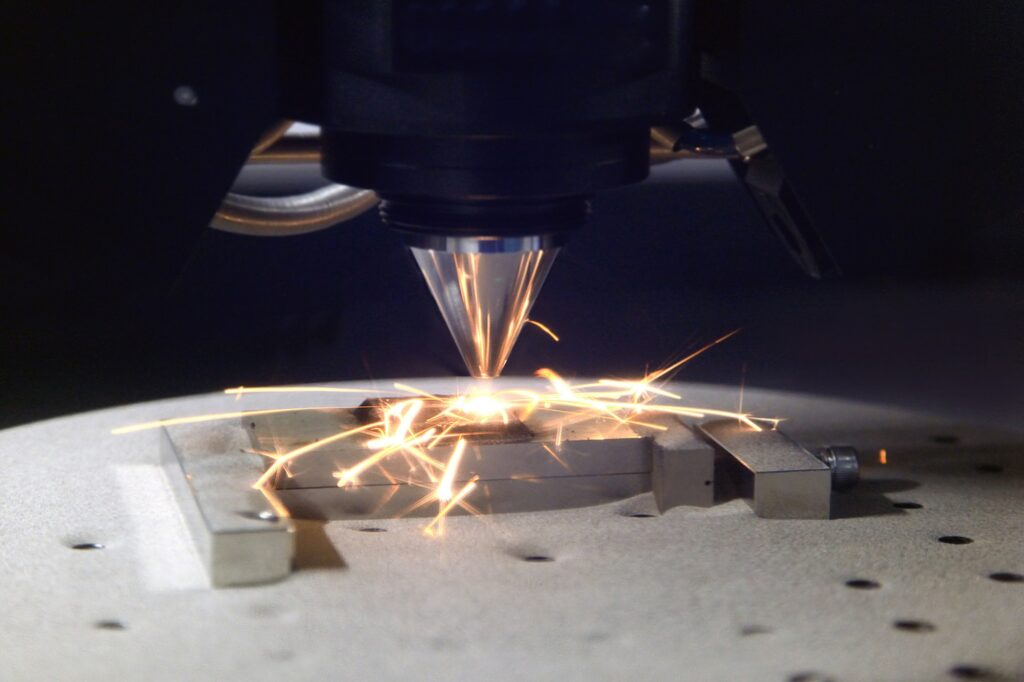
Cost Savings
While 3D printing technology can be expensive upfront, it can actually save iron casting suppliers money in the long run. This is because the cost of creating molds using traditional methods can be high, especially when a new mold needs to be created for each prototype.
With 3D printing, however, the cost of creating a mold is much lower. Once the computer-generated model is created, it can be used to print multiple molds, which can lead to significant cost savings over time. Additionally, the faster prototyping cycles made possible by 3D printing can lead to a more efficient overall process, which can also save money.
Design Flexibility
Another advantage of using 3D printing in iron casting projects is the increased design flexibility. Traditional iron casting methods can be limiting in terms of the complexity of the design that can be created. This is because the mold needs to be created in multiple pieces, which can be difficult to assemble for complex designs.
With 3D printing, however, the mold can be created as a single piece, which allows for more complex designs to be created. This can lead to more innovative and creative products that are not possible with traditional iron casting methods.
Environmental Benefits
Finally, using 3D printing in iron casting projects can have environmental benefits. Traditional iron casting methods can be resource-intensive, requiring significant amounts of energy and materials. Additionally, the waste generated by creating molds can be significant.
With 3D printing, however, the process is much more efficient. The amount of material required to create a mold is significantly less, and the process uses less energy overall. Additionally, because the molds can be created with greater accuracy, there is less waste generated.
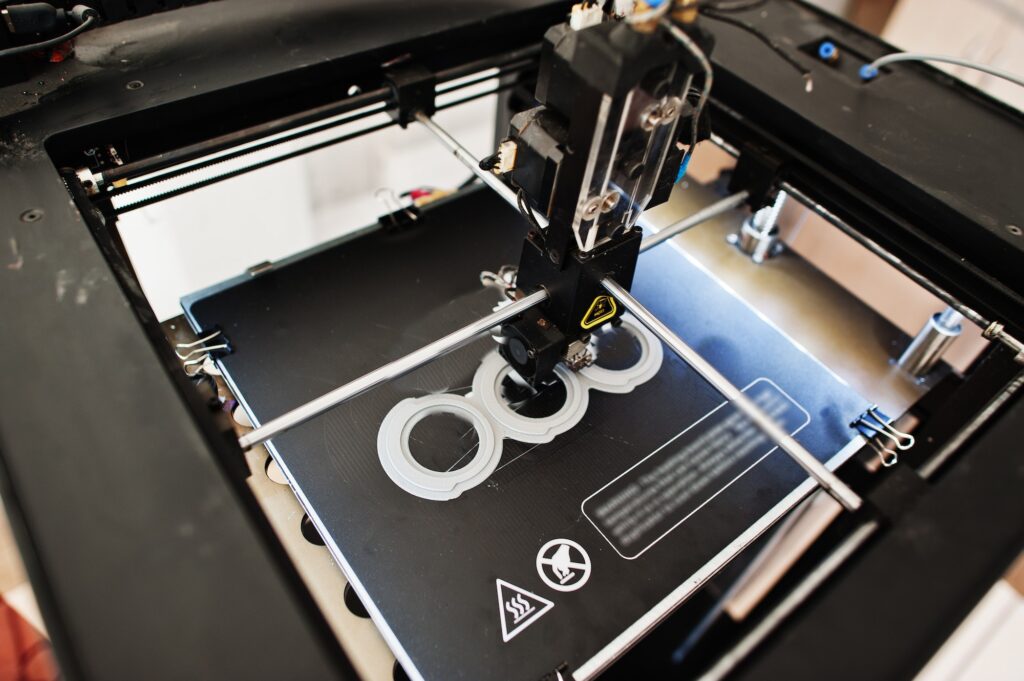
The future possibilities of 3D printing in the iron casting industry
Looking to the future, there are many possibilities for how 3D printing could transform the iron casting industry even further. For example, as the technology becomes more advanced and materials become more diverse, it’s possible that 3D printing could be used to create more complex and intricate designs than ever before.
Additionally, as 3D printing becomes more widespread in the industry, it’s likely that we’ll see more collaboration and innovation between iron casting suppliers and 3D printing companies. This could lead to new materials and technologies specifically designed for the iron casting industry, which could further improve efficiency and cost savings.
Another potential development is the use of 3D scanning technology to create even more accurate models of existing parts. This could allow for the creation of replacement parts for machinery and equipment with a high degree of accuracy, which could be particularly useful for older machines where replacement parts may be difficult to find.
Finally, as sustainability becomes an increasingly important issue for many companies, it’s possible that 3D printing could play a role in reducing waste and minimizing the environmental impact of the iron casting industry. This could include the use of recycled materials or the development of new, more sustainable materials specifically for 3D printing.
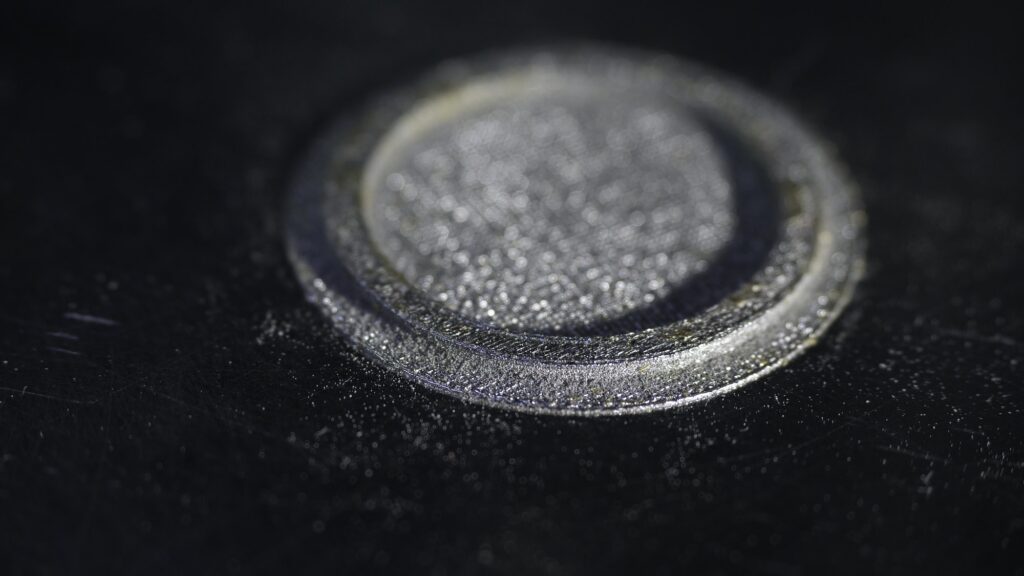
Overall, the future possibilities of 3D printing in the iron casting industry are exciting and numerous. As the technology continues to evolve and become more accessible, it’s likely that we’ll see even more innovative uses for 3D printing in iron casting, leading to improved efficiency, accuracy, and sustainability in the industry.
Conclusion
In conclusion, the advantages of using 3D printing in iron casting projects are numerous. From faster prototyping to improved accuracy, cost savings, design flexibility, and environmental benefits, there are many reasons why iron casting suppliers should consider incorporating 3D printing into their processes. As the technology continues to evolve and become more accessible, it’s likely that we’ll see even more iron casting suppliers adopting this technology in the coming years.
We are Castimoo, a supplier dedicated to the production of iron castings. We have been working in the field of grey iron and ductile iron for more than 30 years. If you want to know more about iron castings and plan to purchase iron castings in China, please feel free to contact us. We are more than willing to provide you with efficient service and bring you more profit.

5 Responses
I don’t know much about 3D printing. Thank you for sharing your knowledge.
Your writing possesses the rare ability to simplify complex ideas without losing their depth — truly remarkable.
THANKS!
Thanks for sharing about this suggestions and information,I learned a lot from it.I hope I can read more related topics in the future.
Thanks, my friend.